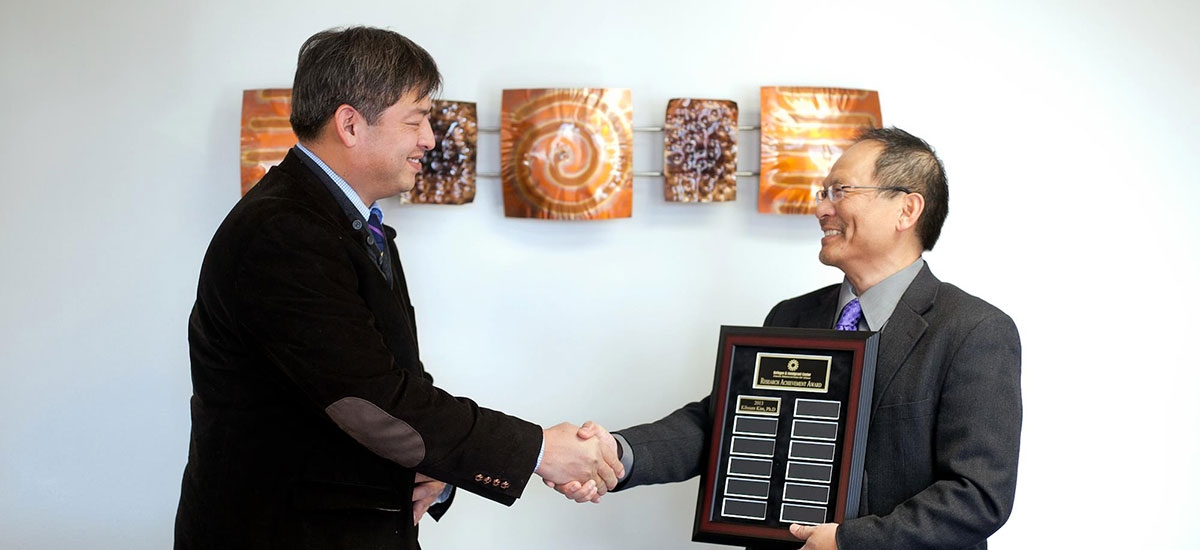Dr. Shu Cheng, CEO and Executive Director of the Asian Association of Utah, discusses their work and how the organization supports refugees through community building.
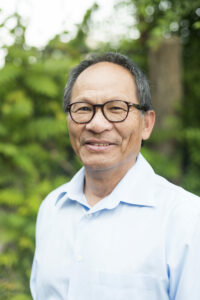
Governor Scott Matheson, who served as Utah governor from 1977 to 1985, prioritized Utah as a key resettlement state. Refugees who were quarantined in San Diego’s Camp Pendleton made their way here. Matheson’s personal assistant approached leaders at Asian organizations in Utah asking if they could come together to provide mutual assistance.
“Jimi Mitsunaga, he was a very prominent Asian American attorney, incorporated the Chinese, the Korean, the Filipinos, the newly arrived Vietnamese, and Cambodian organizations. We formed this Asian American organization as a way to provide assistance to the newly arrived refugees,” explains Dr. Shu Cheng, the CEO and Executive Director of AAU.
Support included everything from helping refugees find housing, secure resources, and establish a supportive community.
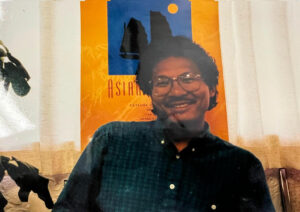
Cheng joined the organization near the beginning, and at the time he was responsible for most of the work being done.
“I was actually in graduate school at the University of Utah and they found me and asked me to start doing some organizing,” he says. “We were kind of a one-man-band. You had to do everything. Gradually, we were able to get more and more people involved.”
Several years later, refugees’ countries of origin had changed. There were fewer people seeking refuge from Southeast Asia and more people fleeing from the conflicts in Eastern Europe. Then it shifted again, with more people immigrating from African countries.
In 2000, the Asian Association of Utah became the Utah Refugee Employment and Community Center – Asian Association of Utah. And in 2012, they began doing business as the Refugee and Immigrant Center. This reflected the shift in their business model to help all refugees, no matter their background, who were coming to Utah.
When the organization assists newcomers, they focus on four outcome areas: meeting their initial basic needs, helping them build connections to the community, teaching them tools and skills to navigate local systems, and introducing them to local vocational opportunities. Overall, they want to teach refugees to become safe, self-sufficient, and successful.
“The experience has been quite amazing. In helping refugees, we realized that many of them just need some initial assistance and then they can get on their feet and become very productive in the community,” Cheng says.
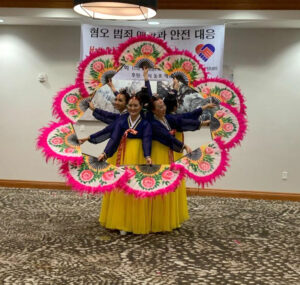
The AAU also organizes the annual Utah Asian Festival, which celebrates the rich culture of the diverse Asian and Pacific Island countries and invites the surrounding community to learn about food, traditions, arts, and more.
“Last year, for instance, we had this K-pop dance in which, not just Koreans were doing it, but the entire community. There were just all these high school kids,” says Cheng. “What we are talking about is just celebrating cultures and I think that that’s really, really important.”
Cheng shares his belief that cultural appreciation is a way to make all communities feel welcome.
“Cultural appreciation really is a way to stand apart from yourself,” he says. “It is a way to provide mutual respect and also a mutual understanding.”
During the COVID-19 pandemic, there was an increase in racism targeting Asian American and Pacific Islander people and communities. According to FBI data, anti-Asian crimes rose by 76% in 2020 across the U.S. compared to the year before.
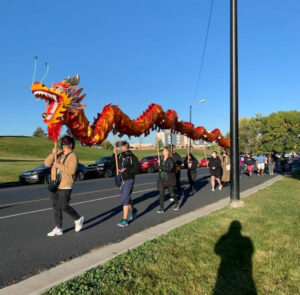
“As our community was having some concerns about all the anti-Asian violence, the community came together and we had a 5K walk at Sugarhouse Park to show solidarity and being supportive to each other,” Cheng says.
On the whole, he’s seen progress over the years.
“When I started working with individuals, sushi as a food was not only not popular, but was kind of frowned on at that time but nowadays you know it’s a staple,” he says.
He calls on everyone to work together to be welcoming to the new people in our community.
“To be part of the community and to work with so many great people, it’s really incredible. It’s helpful to understand that all these different pieces is what makes up the entire community. And we cannot be on our own as well. We have to work with the entire community if we want to forge a good life for the future generations.”
Individuals can get involved with the Refugee and Immigration Center – Asian Association of Utah by volunteering or donating. Learn more on their website at aau-slc.org.
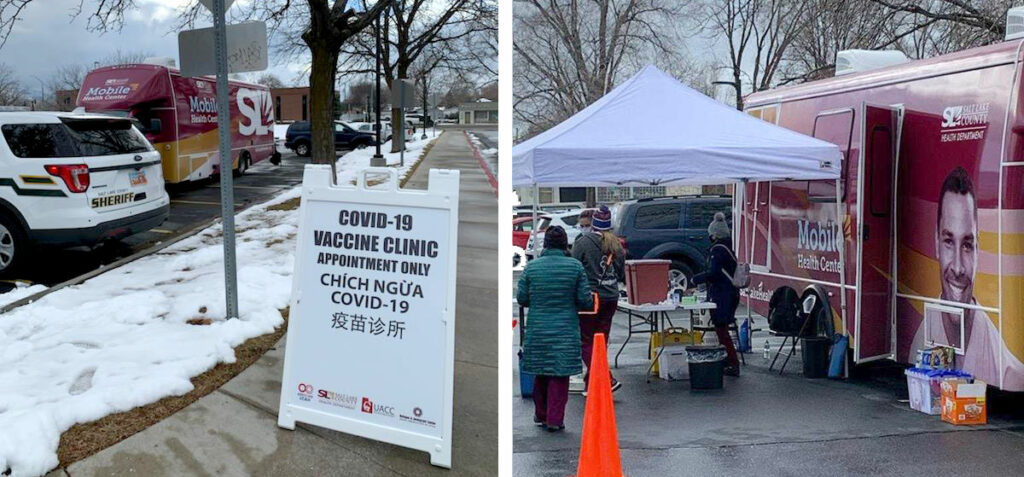
Read our feature on Karen Kwan, another local leader in the AAPI community.
